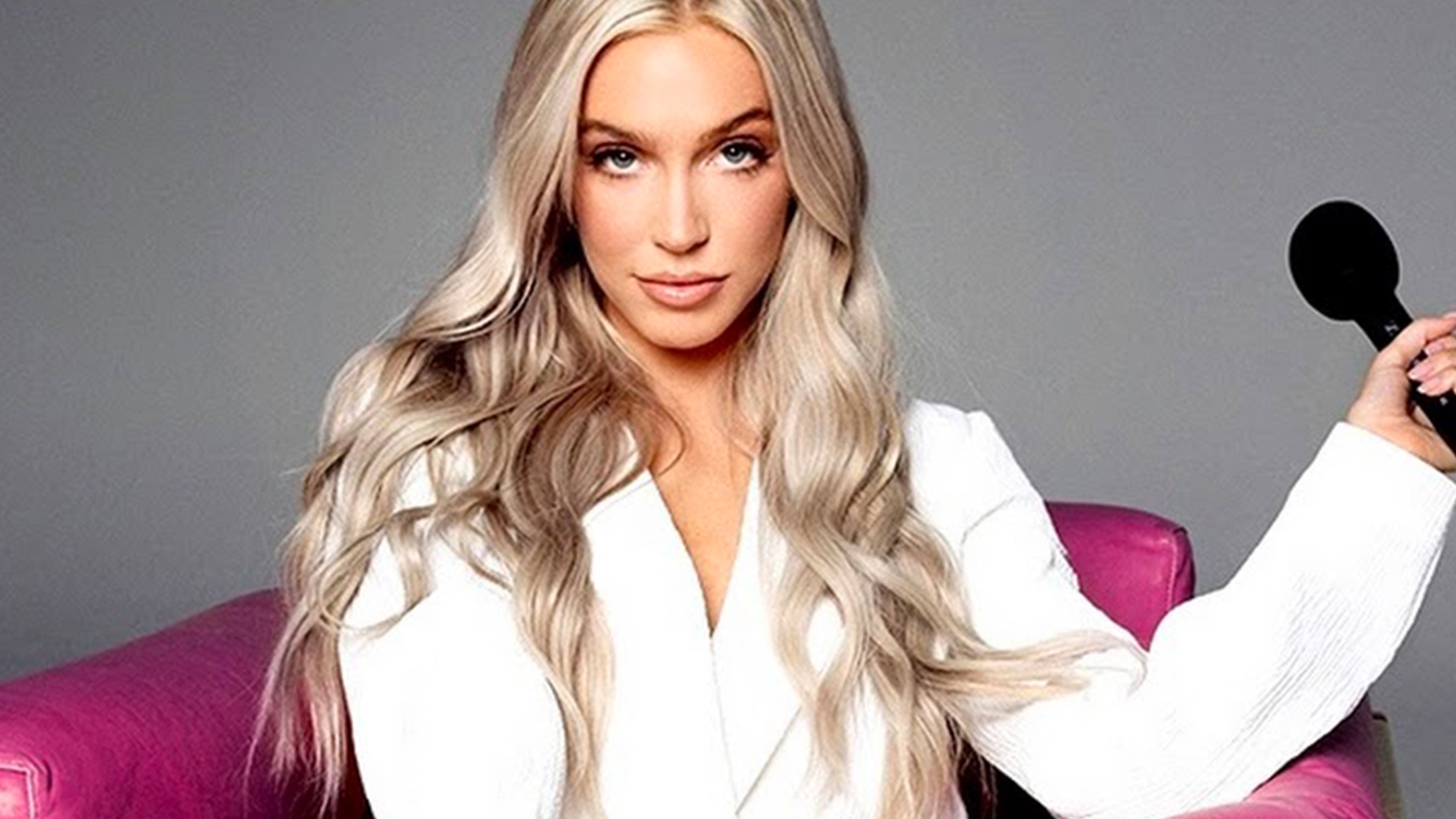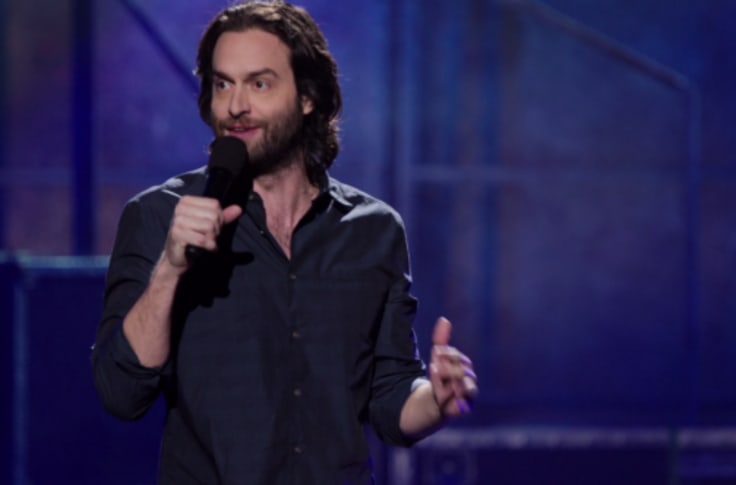
2013 was in many ways a landmark for television. The year saw a dramatic series break new ground in storytelling, a breakthrough comedy and the growth of streaming, a popular way for viewers to catch shows that they would otherwise have missed.
The Ghost Whisperer - France:
This French import, one of the few truly original dramas on TV in recent years, takes a familiar story about a haunted town and turns it both into an allegory of flesh and blood. The show, when the dead come back to live, explores a wide range of scenarios, in which people find themselves confronted by loved ones whom they have mourned for and then let go.
The Handmaid’s Tale – Hulu
The Handmaid's Tale is one of the best-known series. It has also been a powerful weapon in the fight against religious extremism and misogyny. This is a great example of a show that can influence the national dialogue in a thoughtful, thought-provoking way.

Breaking Bad - HBO:
Breaking Bad was perhaps the most popular show of the past year. It was also the first big television success since its debut to receive genuine criticism by mainstream critics. It is a series that has raised the bar on serial writing and acting, while also challenging audience morals.
It didn't even take long for "Breaking Bad," a story about a former chemistry instructor turned meth seller Walter White to become a classic. Bryan Cranston's portrayal of Walter White's complex persona proved that there is no character safe in the care of a masterful storyteller. It lured viewers in with a sense security before it tore them away.
The Kroll Show Comedy Central
The League's Rodney Ruxin has more credibility as a comic actor than his role on "Kroll Show," yet his sketch shows are far better. The show, which is based upon Nick Kroll's life, is the funniest series of 2013.
Rectify on Netflix
Orange is the New Black, the Netflix original that had the least obvious hook, was the most surprising and interesting of the year. There were no major stars in the cast, there was no established brand to use as a platform, and the premise appeared to be utterly uncommercial.

This was not only a saga full of twists but an honest and compelling exploration about a man who was struggling to reintegrate into society after serving 19 years. It was amazing to watch how director Michael Abrams, and co-creator Alex Kurtzman tackled this project. Alan Ball had originally created the concept for the show.
Streaming and pay cable made huge inroads into TV this year, and the list of top-rated shows is littered with them. The success of "House of Cards", which was nominated nine times for Emmys, is proof that streaming can change how we watch TV forever.
FAQ
What are the different styles for commercials?
Television Commercials, Radio Commercials, & Print Ads are the three major types of commercials.
TV Commercials are typically 30 seconds in length. They are used often to promote brand awareness.
Radio commercials are usually longer (1 minute) and used for product promotion.
Print ads are usually less than two minutes long and are often targeted at specific audiences.
What is TV Advertising?
Television advertising is an effective way to reach consumers when they watch television. It is also very economical. Commercial breaks are the most common form advertising on television. These are usually 30 seconds long, but sometimes longer if there is a special event such as a sporting match, awards ceremony, or election night. Commercials are often sponsored by companies who want to promote their products or services. They pay for these commercials. Some commercials have product information, while some others show images and music. There is also a lot of product placement in programs. This allows brands to appear on the program's screen. This could include a brand appearing in a scene showing how their product could fit into the program or providing background information.
What is your most-watched TV commercial?
The most commonly used commercials are for products people need such as food and clothing.
Product placement is the most popular type of advertising. It involves selling products using real-life objects.
It could be anything, from an actor wearing a shirt designed by a company to show how easy it would be to brand a car with their name on it to a comedian wearing one.
These ads do not appear on TV all the time. Sometimes they appear in magazines, newspapers, billboards, radio, etc.
Sponsorship, which is a type of advertising that involves companies sponsoring specific programs to promote their products, is another popular option.
This advertising method is very effective as viewers are already watching that particular program. A viewer will recall the logo of a company if he sees it while watching a program. Sponsorships can be especially effective for children's TV shows since kids pay more attention to logos.
Branding is the third type of advertising. Branding is a way for companies to look good. This can include everything from giving out awards to celebrities to ensuring everyone knows your company's name.
For companies who want to be known, branding is crucial. To be well-known, you must create a memorable image.
Branding can come in many forms. This could include creating a logo or having a spokesperson.
Music is one of your best tools to project yourself. Many people listen to songs on the radio all the time. People might start singing your catchy songs around the neighborhood if you write it.
If you do this you will be able to get publicity for no cost!
Do advertisers spend a lot of money on TV?
Advertisers spend a lot of money promoting their products on TV. Advertisers also spend a lot to persuade consumers to purchase their products.
They do this by spending money to research what people like or dislike about their products.
These data are then used to design ads that appeal and attract consumers by advertisers.
Is tv advertising still relevant today?
Yes, it is true. But that doesn't mean TV advertising isn't effective anymore. It's because they aren't watching as much television. They are using other media instead.
So TV ads have become an important part of our lives as marketers. They are needed to reach people where they spend the most time online.
You also have to ensure TV ads are more personal and connect with the consumers. This requires us to rethink how we create TV ads.
We cannot rely on just images and slogans anymore. Instead, we need to look at the whole experience of watching TV. How do we engage people emotionally so they feel compelled to buy our products?
These are all things that require creativity. These days, creativity is available from digital agencies.
What is the cost of producing a commercial?
Producing a commercial can be expensive. It all depends on how long the spot is, the number and location of the actors, and the cost of production.
A 30-second commercial typically costs between $20,000 and $40,000.
Statistics
- Television is a great brand awareness tool - Almost every American has a television, with 83 percent of adults having two or more, and American households keep their televisions on for 8.1 hours each day on average. (marketingevolution.com)
- To get estimated costs for airing a 60-second TV commercial in different regional markets, check out the following figures in this TV ad pricing chart from the media experts at Casual Precision. (fitsmallbusiness.com)
- With OTT ad revenue set to increase from 45% to 60% over the next decade, AdTech pioneers and early adopters of OTT advertising will reap its benefits in the near future. (clearcode.cc)
- In fact, when the ad first launched, Dos Equis quickly became one of the fastest-growing beers, increasing its sales by over 22%. (qualitylogoproducts.com)
- Radio is extremely accessible – 95 percent of cars have radios, and 99 percent of homes have radios. (marketingevolution.com)
External Links
How To
How do you create your first TV commercial?
You must first identify the audience you wish to reach. Are you trying attract new customers? Are you aiming at existing customers? If you're looking to attract new customers, your video needs to be fun, informative, or entertaining. For existing clients, however, you should make your video more about selling your product.
Once you have determined which audience you want, now it is time to decide what message you want. Do you want to make them laugh? You can be serious. Maybe you want to encourage them buying something?
Next, choose whether you want voiceover. Voice-overs make it easy to communicate your message with no visuals. However, they can be cheesy. If you don't enjoy using voiceovers, you might consider writing your own script.
The last thing you should do is decide what type of camera angle to use. There are many options, such as close up, medium and long shots.
Now that you have all the information, it is time to start making your first TV Commercial.